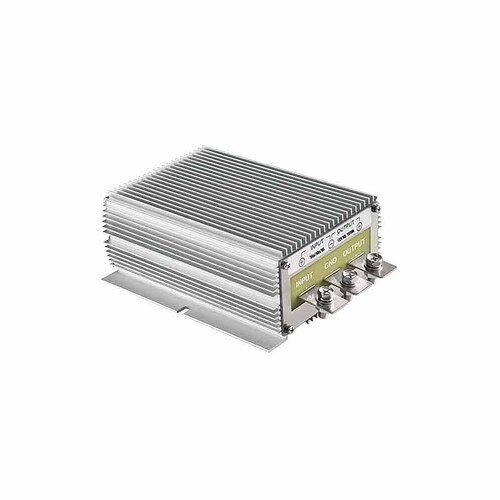I need a high amperage 12VDC power outlet - at least 20 or 30 A, preferably more. And I want it on a panel that also has terminal connectors for wires. I will to pay a mechanic to install it in my car, with a pass through from the battery. (I may also have the mechanic install an isolated deep cycle marine battery - but there isn’t much room in my car to install it, and tie it down so it doesn’t go flying during a fast stop. The hood isn’t large enough to put a second battery and an AC inverter inside.)
Where can I find such a device?
BTW, if anyone has other ideas on how to customize a Toyota Venza station wagon for better car camping, I would love them.
It’s a lousy car camper. The 12VDC power outlets are sized slightly too big to make good connections to most 12V devices, and if I plug in my laptop to one, it blows the fuse.
(On top of that, it doesn’t hold as much as an SUV, let alone a van, the windows have terrible visibility, I can’t figure out where the front and sides of the car end while driving, though lowering the mirror helps a little. The fittings that I had to put a roof rack on don’t make for solid reliable connections, so I have to keep them very tight. To install a full size spare tire, I had to raise the back cargo area, and deflate the tire. I had to add front and rear tie downs. Spare parts are expensive, and hard to for a non-mechanic to change, because the user manual is not written well and is poorly illustrated. It can’t take much cargo weight, or tow a decent size trailer. Sometimes it locks itself when the key is still inside.)
(On the plus side, it fits inside low parking garages, I can reach the roof racks without a step stool, it has AWD, high road clearance, fairly good gas mileage, and Toyotas are supposed to reliable. Also, it has several 12VDC power outlets, the rear cargo area is flat and big enough to sleep on, and its long enough to fit my whitewater kayak, paddles and skis inside. It has a big center console with a USB connector inside, and a wire pass through. But overall, I wouldn’t recommend a Venza to anyone taking extended car camping trips.)

